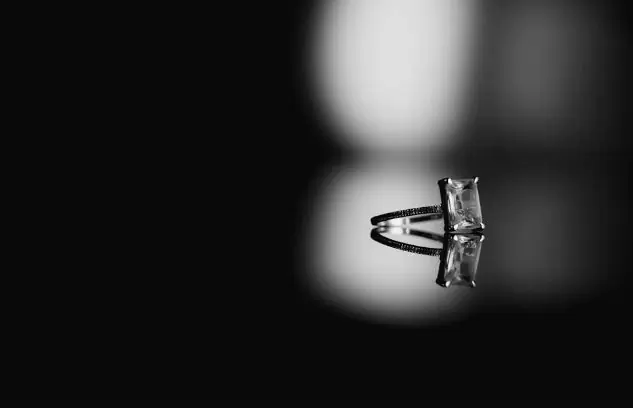CubeSat Camera Systems for the Solar Science Demonstration
CubeSat Camera Systems & Their Role in Solar Science and Space Exploration
CubeSat camera modules are systems of small satellites that weigh about 1-10 kg. Any CubeSat camera is built after the reputable CubeSat model that defines a satellite’s outer dimensions at 10x10x10 cm. A CubeSat with three units is built at 10x10x30 cm dimensions, weighing 3-4 kg. When at this minimum size, smaller technology payloads, including lightweight CubeSat camera systems, can be accommodated. Working on the dimensions of a CubeSat body promotes a highly integrated system that’s modular. Depending on each mission’s needs, engineers can use highly integrated CubeSat camera systems built with products sold by different suppliers.
A CubeSat camera should have the standard dimensions because when it does, it can easily reach orbit inside a container. This would make CubeSat launch accommodations easier, not to mention that it would help combat some issues with flight safety, bringing the costs to a low and launch opportunities to a high. Because they have a high modularity degree and they get used for commercial missions, CubeSats are ready for a flight more easily and faster than traditional satellites. In fact, CubeSats and their camera systems can be sent into orbit within 1-2 years after the initial order.
What Is Solar Science and How Are CubeSats Used for It?
If you want to know how to study solar energy, it’s important that you understand what solar science is and how are CubeSats working when it comes to studying its principles. Any solar science demonstration or solar science mission must innovate and use pathfinder technology, says Jakob Van Zyl, NASA’s Jet Propulsion Laboratory’s Solar System Exploration Directorate’s chief of staff. It seems that as soon as engineers make something work, science missions can follow to prove what scientists have been studying for years. And CubeSat camera systems are crucial in those missions.
Jakob Van Zyl believes that MarCO falls in the same class as Sojourner and Explorer 1. When asked if CubeSats can be used for doing science, he answered that these systems went through solar science experiments that were too limited and didn’t involve carrying too many instruments. However, he also mentioned that CubeSats and their camera systems could be used as vehicles for those who want to do science without spending too much of the taxpayer’s money. Van Zyl seems very preoccupied with how much is invested in science, so he doesn’t want any CubeSat camera system to take much out of the pockets of those who want science to reach whole new dimensions and evolve.
What About CubeSat Camera Resolution?
Also known as spatial resolution, CubeSat camera resolution gets quantified by Modulation Transfer Function (MTF). When knowing what the MTF of the CubeSat Camera is, the system engineer can optimize the CubeSat camera system’s resolution for any specific application. This involves resolving power so that more details can be seen in the image transmitted. Some scientists prefer defining the spatial CubeSat camera system’s resolution with the help of Ground Resolved Distance (GRD) or Ground Sampling Distance (GSD). The difference between the two is all about the contrast that gets transferred between the original object that’s being studied and what the image shows after the detector has transferred the information.
CubeSat imaging chains are exactly like a low-pass filter that attenuates the higher spatial frequencies and not the lower ones. There’s a difference in camera systems when it comes to wavelength attenuation and frequency. These two variables can’t even be compared because they’re inverse to one another. Long and short pass filters must be used according to what’s being transmitted through the spectral wavelength. This low-pass theory for filtering can also be applied to audio systems of any imaging chain of a CubeSat camera. The Nyquist theorem for sampling can be applied when the image must be sampled at more discrete intervals.
NASA is always working on all sorts of new technologies that are smaller in size and can improve the measurements scientists have taken so far. There are on-board processing systems of data with more advanced streamlined retrievals of data, not to mention that new gathering observation methods are discovered with every day that passes. New technologies, including CubeSat camera systems, are being tested in labs, on aircraft, and even at remote locations worldwide. However, conditions are different in space, so testing CubeSat camera systems in space always remains the most feasible option.
It can be quite risky to send something that hasn’t been proven into orbit. On the other hand, CubeSats camera systems have come to change this situation, seeing they’re very small in dimensions and take under two years to get built. Besides, it’s possible to deploy CubeSat camera systems from rockets or to send them to the International Space Station so that they can be deployed straight from orbit. With the help of CubeSat cameras, space technology will evolve into what many scientists have been hoping to witness. We will reach beyond our solar system for now without knowing where we are headed. And smaller spacecraft that can accommodate even more lightweight CubeSat camera systems are designed as we speak.










